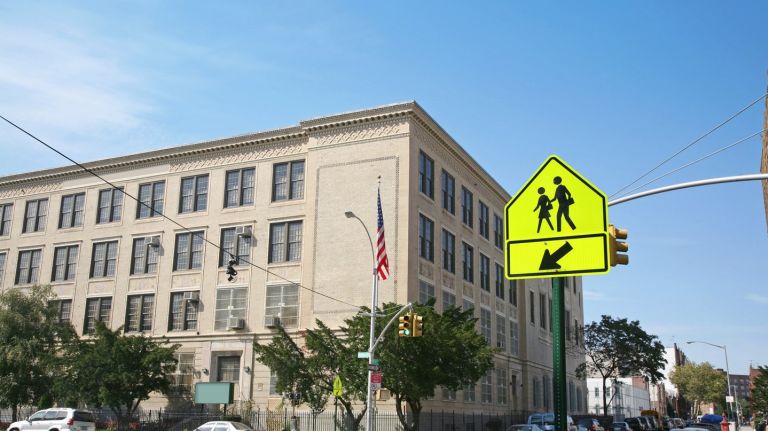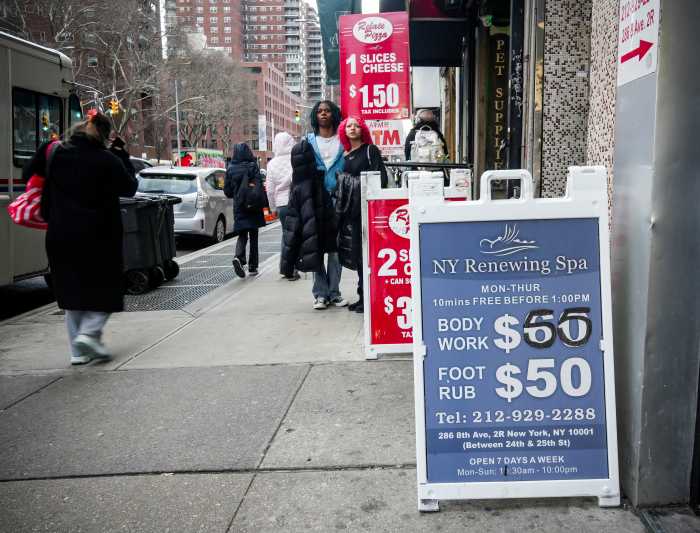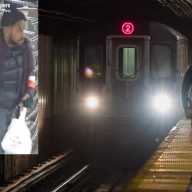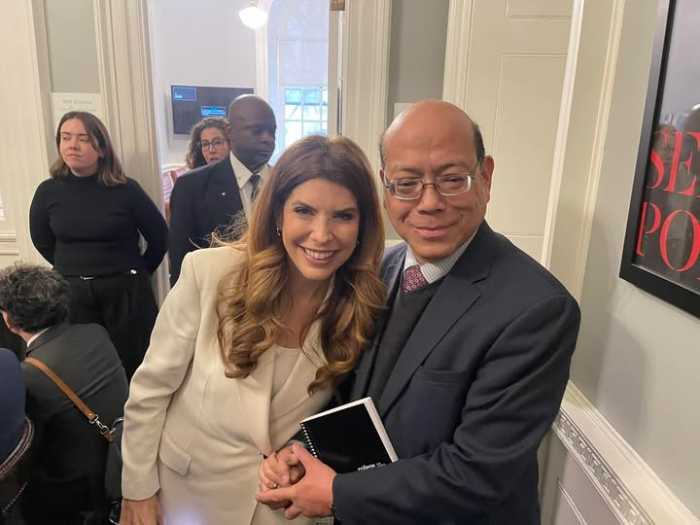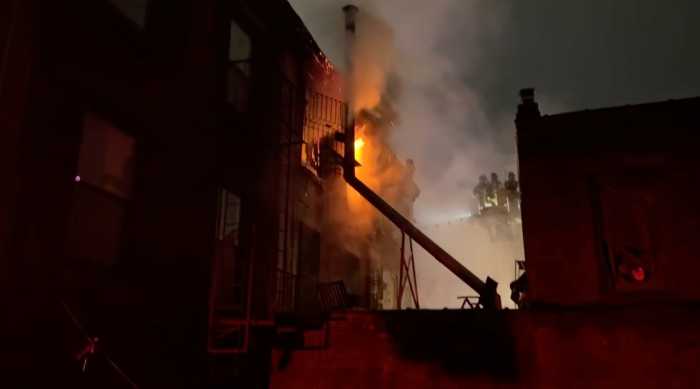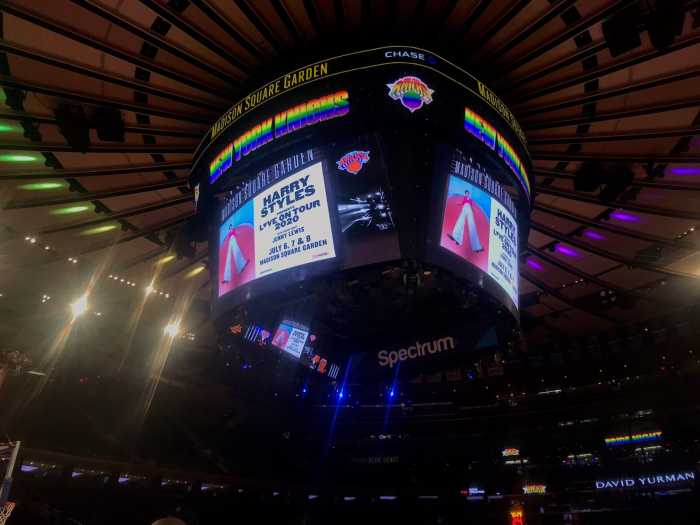
As a whole, the results from 2018’s state exams in language arts and math brought some good news for NYC students. There were signs that city students are on par, or close, with their counterparts statewide. And the city’s low rate of refusals to take the tests means the results can be considered reliable.
But still, it is disappointing that less than half of city students are proficient in English and math. There are schools where not a single student in one or more grades reached proficiency, defined as scoring a 3 or 4, in math or English. Many of those schools serve a high percentage of students who have special needs, are low-income or are English language learners. And enormous and very troubling disparities between black and Hispanic students and their white and Asian counterparts remain.
Across NYC, 46.7 percent of third- through eighth-grade students reached proficiency in English, outperforming the state, where only 45.2 percent of students scored similarly. On math, 42.7 percent of city students scored a 3 or 4, compared with 44.5 percent statewide. Changes to this year’s test make it impossible to compare results year over year. But the parity between the city and state speaks well to city officials’ efforts to improve NYC schools.
Yet, there’s much more to do. Only 25.4 percent of black students and 30.3 percent of Hispanic students in NYC were proficient in math, compared with 72.2 percent of Asian students and 63.6 percent of white students. On the English test, 34 percent of black students and 36 percent of Hispanic students scored a 3 or 4 compared with 67.2 percent of Asian students and 66.5 percent of white children. That’s unacceptable. Schools Chancellor Richard Carranza has put a spotlight on intractable school segregation. He seems willing to experiment, as he’s doing with middle school admissions in Brooklyn. He should try new strategies in the younger grades, too, and be more willing to take ideas from charter schools, which continue to outperform their traditional public counterparts.
City officials said they won’t put too much weight on 2018’s results. But there are still lessons to be learned.



